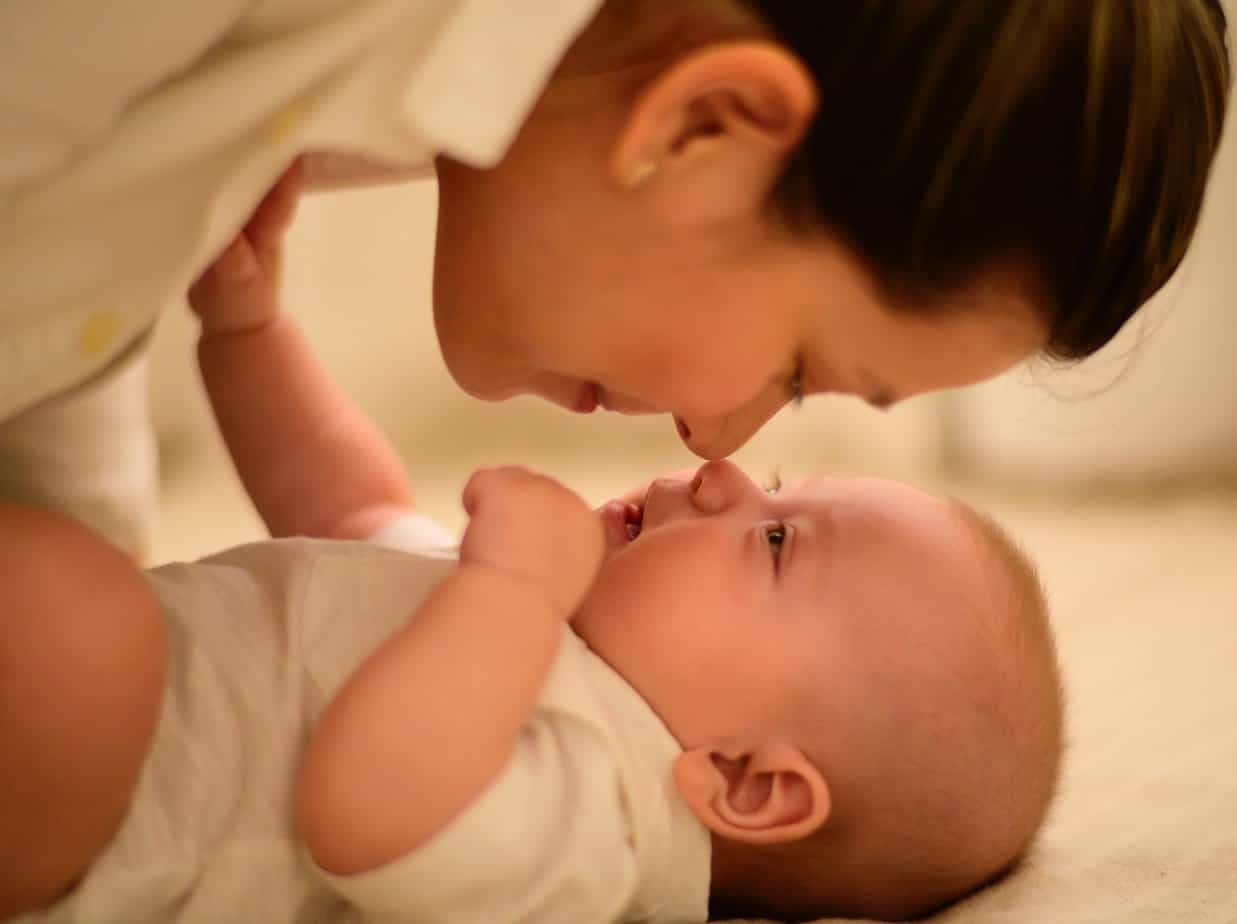
Intuitively and empirically, we all know that a child’s brain functions differently than an adult’s – children think differently, behave differently, learn differently. These age-related characteristics are studied by cognitive psychology and neuropsychology. As a result, today we know better what these differences are.
The brain is made up of a huge number of neurons that share various information with each other. This communication is made possible by the synapses that surround them. The neurons form various structures: the cerebral cortex, the brainstem, the cerebellum – all what is very often called the “gray matter.” Responsible for connecting these structures are nerve fibers – “white matter” – which owe their color to myelin, a substance that provides electrical insulation. It is essential for the efficient transmission of impulses and increases the efficiency of neurons.
In children, the brainstem and midbrain are primarily active. The brainstem controls heartbeat, blood pressure and body temperature. The midbrain is responsible for waking, appetite/satiety and sleep.
In adults, the main working areas are the limbic system and the cortex. The limbic system controls sexual behavior, emotional reactions and motor activity. The cerebral cortex is responsible for specific thinking, behavior and emotions.
The structure of the human brain is built continuously from the moment of birth. The first years of a person’s life directly affect the structure of connections between neurons, creating a strong or fragile foundation for further learning, mental health and behavior. In the first years, up to 700 new neurons are formed every second!
Sensory zones, essential for vision or hearing, for example, are the first to develop. Then the zones of language skills and cognitive (cognitive) functions begin to function. After the first period of rapid growth, the number of connections formed is reduced due to the maturation process – so the signaling pathways from neuron to neuron become more efficient.
By the age of 3, the future structure of the brain is being formed. Between the ages of 4 and 10, a child’s brain is more than twice as active as an adult’s. From the age of 11 upwards, the process of maturation of neural connections begins. Little-used connections cease to be active, and only the most efficient pathways for the nerve impulse remain. As a result, children acquire new knowledge and skills much faster. Their brain is simply more malleable.
When you are a child, there are big changes going on in your head: your brain absorbs everything that happens to you. It doesn’t yet know what you’re going to do – dance, play ball, sing – so it saves all the information in case you need it later. You can compare him to a preschool child – he is very inquisitive and collects everything he finds. He does not yet know the difference between gold and gray stone, important and unimportant things. In children, the ability to think logically or interact with others is also not fully developed. All of this is formed even until about age 11.
The mature brain is still able to build new connections between neurons during the learning process, but it doesn’t do it as efficiently. It becomes specialized to perform more complex tasks, making it difficult to adapt to changes or unforeseen circumstances.
main photo: unsplash.com/Ana Tablas